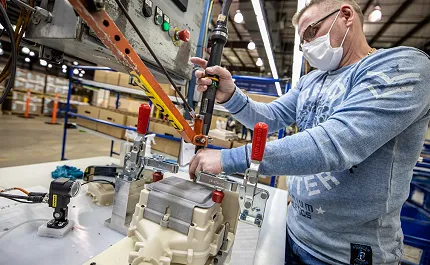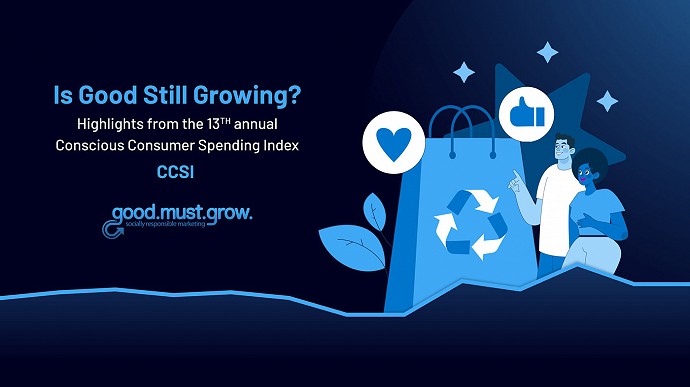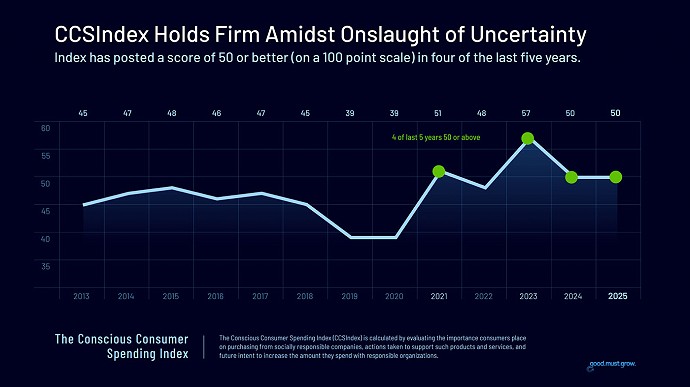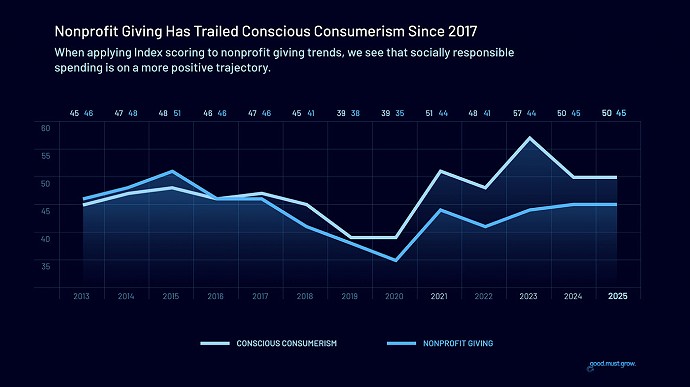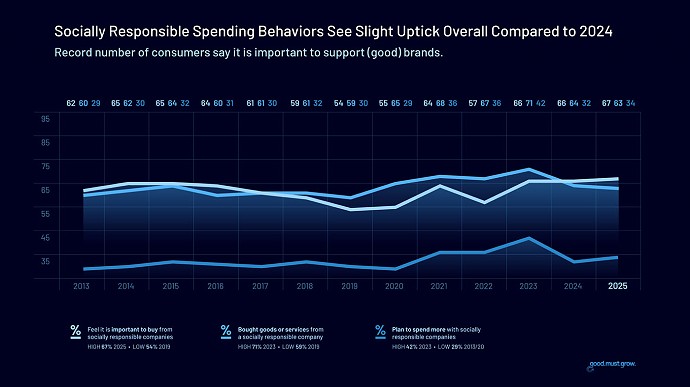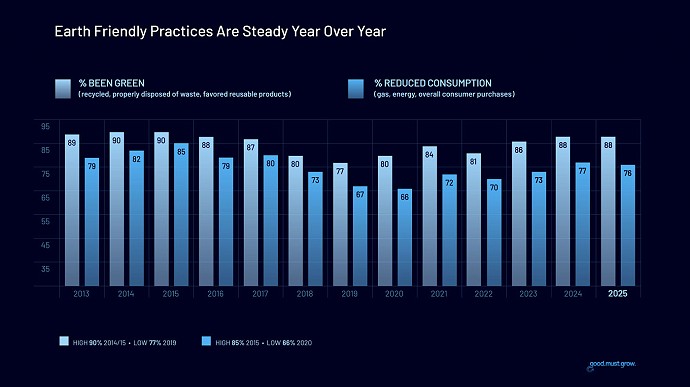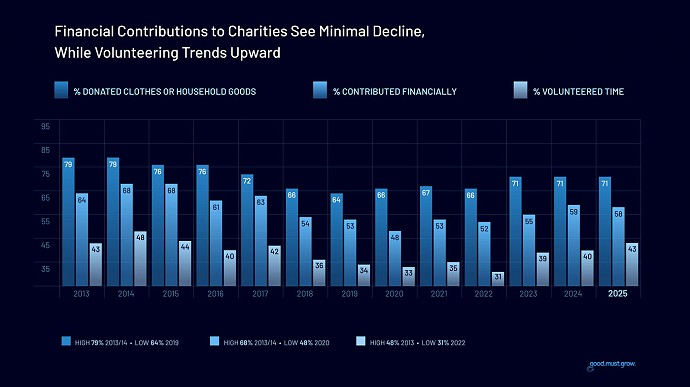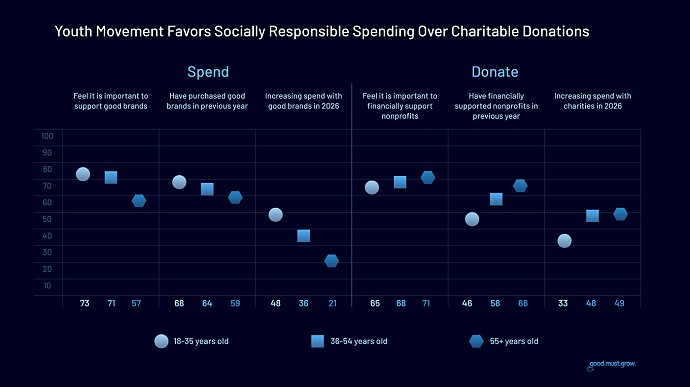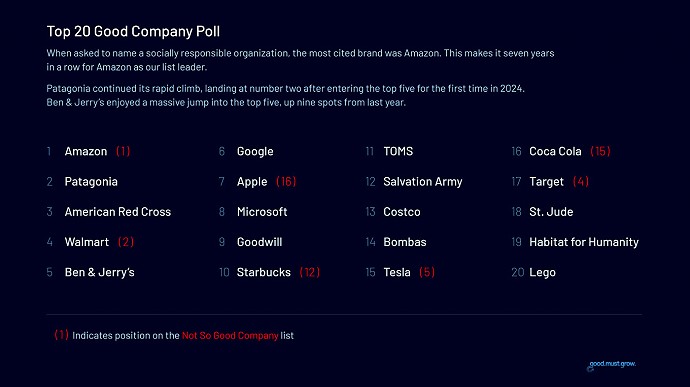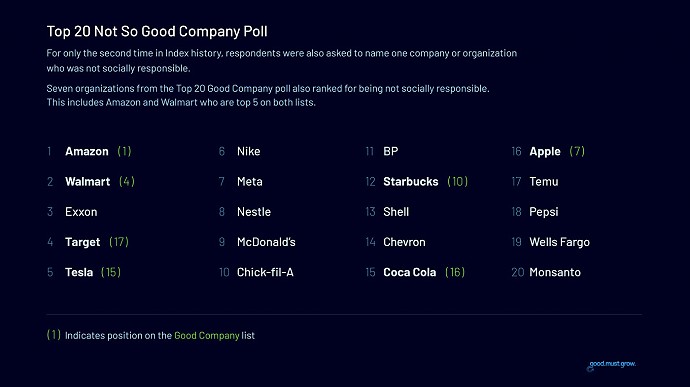
Are Audiences Extinct? The Growing Power of Communities
I’ve read lots of commentary the last few years parsing out the differences between audiences and communities. It’s an important distinction for those of us in marketing, and we need to have absolute clarity on the issue to be effective with our strategic plans.
In some ways, it’s very straightforward. An audience participates in an encounter as listeners, potentially responding when feedback is solicited. A community interacts with some degree of shared space, time or relationship. Even with this simple distinction, it can be very tricky to delineate between an audience and a community when marketing is involved.
According to Chris Brogan, the difference between an audience and a community is “which direction the chairs are pointing.” I think that’s a wonderful, visual summary.
In another discussion, Tara Coomans spends time very specifically breaking down the unique characteristics of audiences and how they contrast with communities.
Finally, there’s a really interesting piece from Blogworld on the future of web television, discussing how to turn an audience into a community.
I agree with the arguments of all the authors above, but a growing part of me is convinced that this entire exercise is no longer relevant. All of those articles were written over a year ago. And the world has changed AGAIN since then.
In the new reality, I’d like to propose that audiences are extinct. And that as marketers, we should turn our focus 100 percent toward communicating with communities.
Social media has severely limited our ability as communicators to control anything, to keep anything separate, to truly have one way communication, or even two way communication. It’s every way communication now. With the pervasiveness of social networking and technology, our stakeholders are constantly connected in community, whether we choose to be a part of it or not.
I can be “in the audience” at a presentation but also be following a Twitter stream on the event, where I’m interacting with other people in attendance, as well as those on the outside looking in. I can validate what I’m hearing, or I can object. I have a voice, and I can influence the sharing of ideas.
As an employee, I can take the latest corporate announcement I receive and quickly poll my network of current and former colleagues, who by the way probably knew the news before I did. Within minutes of the communication, I have likely engaged at least a small group to collectively discuss the news.
A feature on your company that ran in today’s Wall Street Journal is subject to real time conversation among your target audiences through social media channels as well as comments from readers. Within an hour of the article posting online, the people interested in the topic have already provided their point of view to augment what the journalist reported.
Any “audience” you have is now connected in community. Some will find this exciting. Others will be afraid, very afraid. But it’s true.
As a result, we have to approach each audience as if we are addressing a community, because chances are it will operate like one. There will be people in the crowd who still act as if they are in an audience. Passively receiving information. Not seeking other points of view or engaging in conversations. They’ll simply take the new content and go about their business. These people are getting more rare every single day. The rest of us are no longer confined to listen only mode.
We are crowdsourcing our opinions. We are collectors of points of view. We now have the power to hear all sides of any story. As a result, we only act like an audience when we want to be entertained, and even then we typically engage in community-type activities. When it comes to being informed, educated and persuaded, we squarely land in community. It’s very dangerous, and a bit naïve, to treat any stakeholder group as an audience moving forward.
What do you think? Does the concept of an audience still have a place in today’s social, digital world?
GMG IN THE NEWS
3 Ways Sustainable Brands Could Help Conscious Consumerism Make a Comeback
When shopper were asked why they aren’t buying from socially responsible brands anymore. The biggest problems: They can’t name any and think they’re too expensive.
The Pandemic Inspired a New Wave of Conscious Consumerism, But Only Temporarily
A rush of communal feeling that drove purposeful consumer decisions was replaced by a grinding pandemic, failing finances, and a contentious presidential campaign. Will an optimistic COVID recovery alter our path?
In the Wake of the Pandemic and Protests, Purpose Is Suddenly a Super Power.
Amidst the COVID-19 pandemic, companies that have purpose built into their bottom line are the most likely to remain standing. Suddenly, having a purpose is a superpower.
THE types of companies we help
Nonprofit
You have a story. You are making a difference. We'll provide you with top-shelf marketing resources at affordable rates so everyone will know who you are, what you do and how they can help.
Learn MoreSocial Business
Warby Parker. TOMS Shoes. Patagonia. Starbucks. Ben & Jerry's. We'll make sure your social business is the next case study, the next media sensation, the next "best place to work".
Learn MoreHealth + Wellness
There is no greater challenge facing us than the growing healthcare crisis. We help wellness-minded orgs drive change, communicate effectively, and achieve healthy returns.
Learn MoreConscious Consumer Spending Index
2025
Socially Responsible Spending Holds Firm in U.S. Amidst Onslaught of Uncertainty, According to 13th Annual Conscious Consumer Spending Index
Learn More
